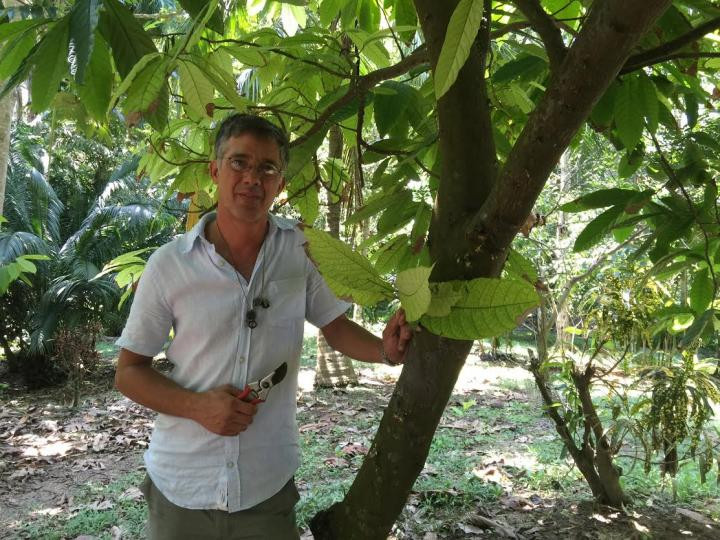Theobroma cacao: This natural chocolate factory is ten million years old

For chocolate lovers, here is sweet news. The tree bearing seeds that yield the world's most favourite chocolate flavours could possibly survive pests and climate change, thanks to its million-year-old evolution.
Just when cultivators were getting worried about dwindling supply due to pest infestation, researchers have discovered that the Amazonian tree Theobroma cacao is one of the oldest species in the genus Theobroma, having evolved around 10 million years ago. As a result, wild populations of cacao could be treasure troves of genetic variation that could be bred into cultivated strains resistant to disease and other stress factors. And perhaps more exotic flavours!
In the million years of evolution beginning before the Andes had reached its full height, it is believed that cacao has had enough time to diversify genetically, with many wild populations that have adapted to local habitat.
Dr James Richardson, a tropical botanist at the Royal Botanic Garden Edinburgh, UK, and lead author of the study made the discovery when working with researchers from the University of Rosario and the University of the Andes in Colombia, the University of Miami, USA, and the United States Department of Agriculture (USDA).
The researchers plan to return to South America to sample all related species and investigate the characteristics of their native populations. "We hope to highlight the importance of conserving biodiversity so that it can be used to augment and safeguard the agricultural sector. By understanding the diversification processes of chocolate and its relatives we can contribute to the development of the industry and demonstrate that this truly is the Age of Chocolate," says co-author Dr Santiago Madriñán of the University of the Andes in Bogotá, Colombia.
The study is published in the open-access journal Frontiers in Ecology and Evolution. Chocolate produced from seeds of the cacao tree sees sales of around £66bn ($100bn) every year.
Cacao pods carrying the seeds are typically harvested twice per year, though they can be harvested continually. The seeds grow in five columns surrounded by a white pulp or pith which is used to make a local brew. The intensely bitter seeds have to be fermented to develop the flavour. The beans are then dried, cleaned, and roasted. The shell is removed and cacao nibs then ground to give pure chocolate.
© Copyright IBTimes 2025. All rights reserved.





















